As the days get shorter and the weather gets colder (or even on a rainy summer day), sensory seekers might feel sluggish. They may be used to revving up their systems with intense outdoor play. The lack of that input can cause them to shut down or feel surly. Here are some of our favorite indoor activities to keep the sluggishness at bay!
You might not want your kids racing around the house in roller skates, but tummy scooters are a great alternative. The scooters’ four wheels and wide base provide stability. Smooth surfaces, like wood floors, allow for great vestibular stimulation as kids switch between lying on their stomachs and sitting on the scooter. Carpeted surfaces offer resistance for a proprioceptive workout.

A hopper ball, trampoline or bounce board provides many benefits. They each help kids practice balance and coordination, develop their muscles and increase bone density. Bouncing is also a perfect opportunity for heavy work and motor planning. Best of all, it encourages self-regulation and gives alerting input.
Swings are wonderful sources of sensory input. You can use a doorway swing if you don’t have enough space to hang one from a ceiling or for an indoor swing frame. Depending on the way kids swing, it can be a calming or alerting experience. Slow lateral movements will be calming and fast swinging will be alering. Use a swing as a regular after-school calming activity or before homework to increase alertness and attention to task.
Balance beams, balance boards and foam rockers allow for both standing and sitting activities that exercise your core and improve balance. For an added alerting challenge, toss bean bags to your child for them to catch while they balance. You can also incorporate balance with yoga moves for a grounding source of sensory input.
Spot markers and gel tiles can provide hours of motor planning fun. Use them as part of an obstacle course or come up with imaginative games. Pretend the spot markers are lily pads and have your kids jump from one to the next like a frog. You can also play a rousing game of “the floor is lava” and hop from spot to spot to stay safe!
Playing ball inside doesn’t always work, so use scarves or Weighted Texture Balls instead. These soft, lightweight objects are great alternatives for playing catch or juggling. Trying to catch these moving targets helps increase hand-eye coordination and offers alerting input to wake up a sluggish sensory system.
For the ultimate alerting sensory activity, combine any of the above suggestions into an obstacle course. These encourage your kids to use motor planning skills and help alert numerous different senses for sensory integration
Share your favorite strategies to rev up a sluggish sensory seeker in the comments or on our social media channels!


















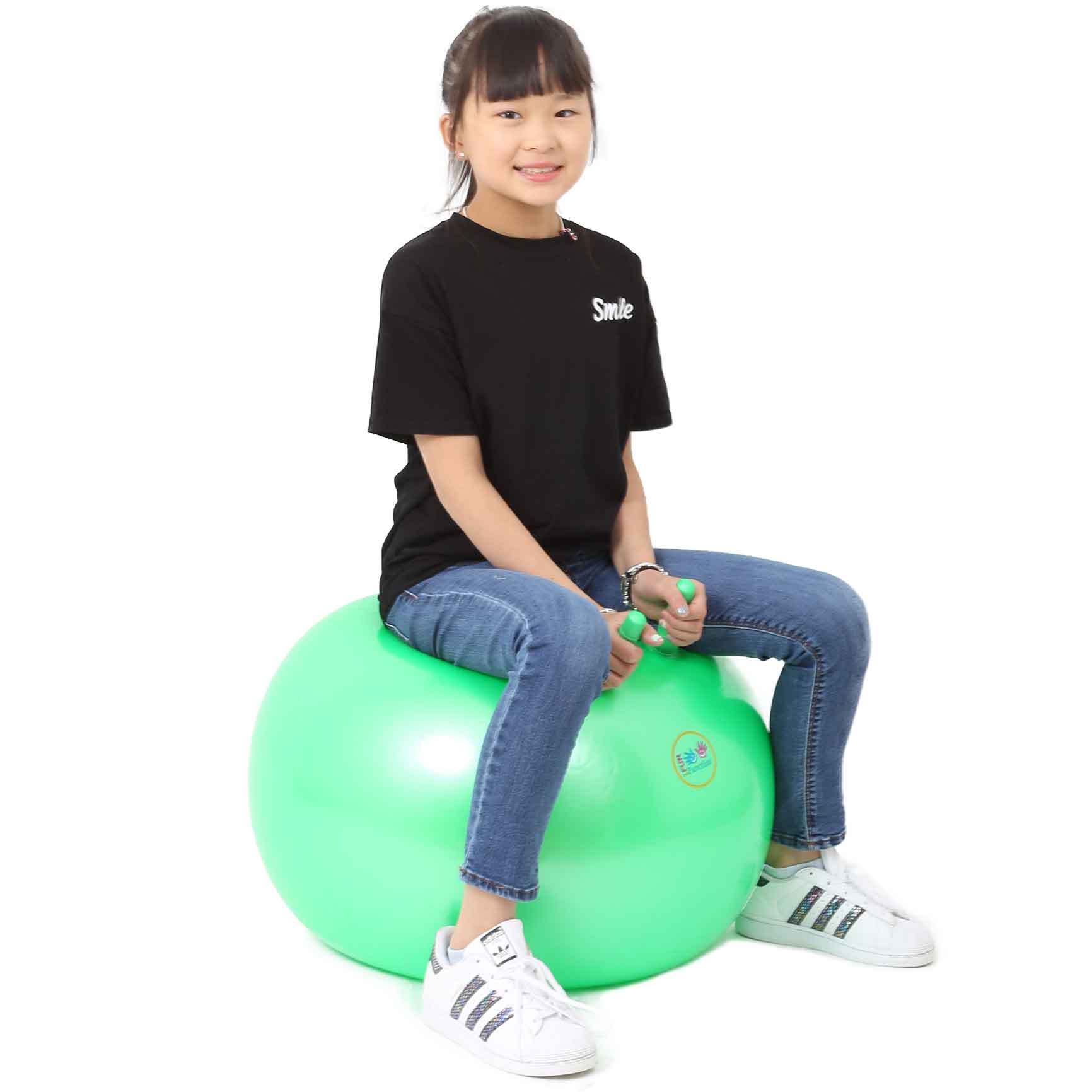
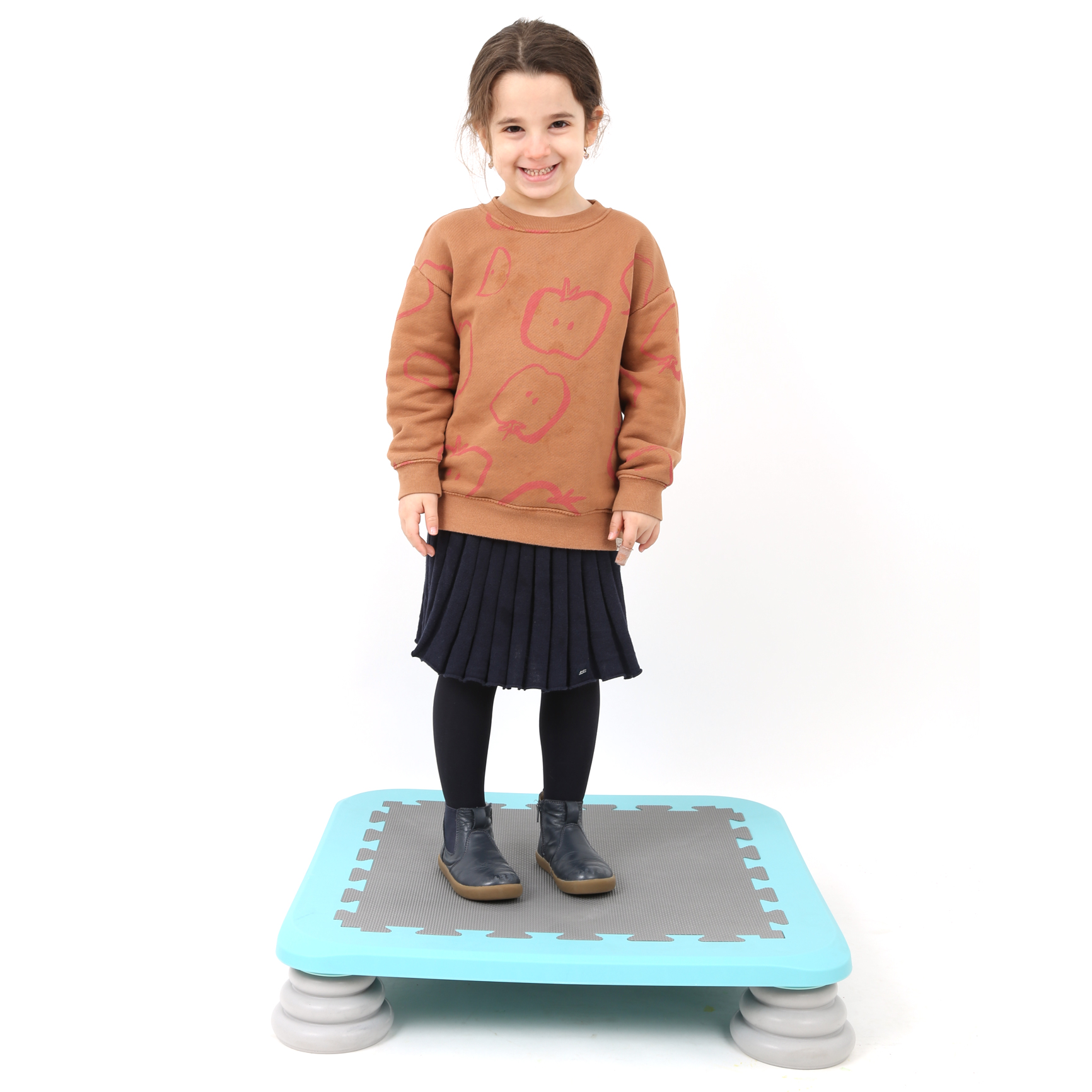
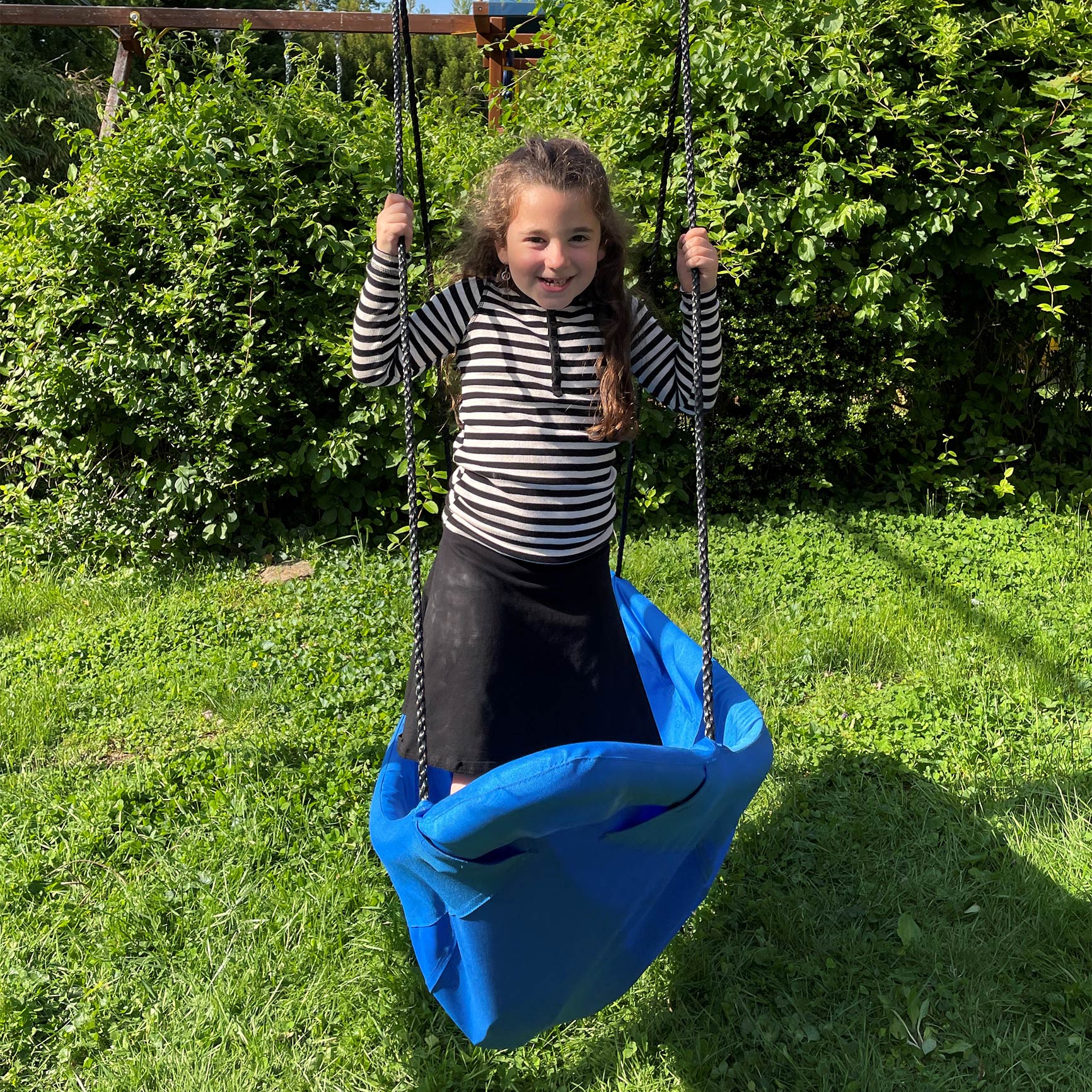
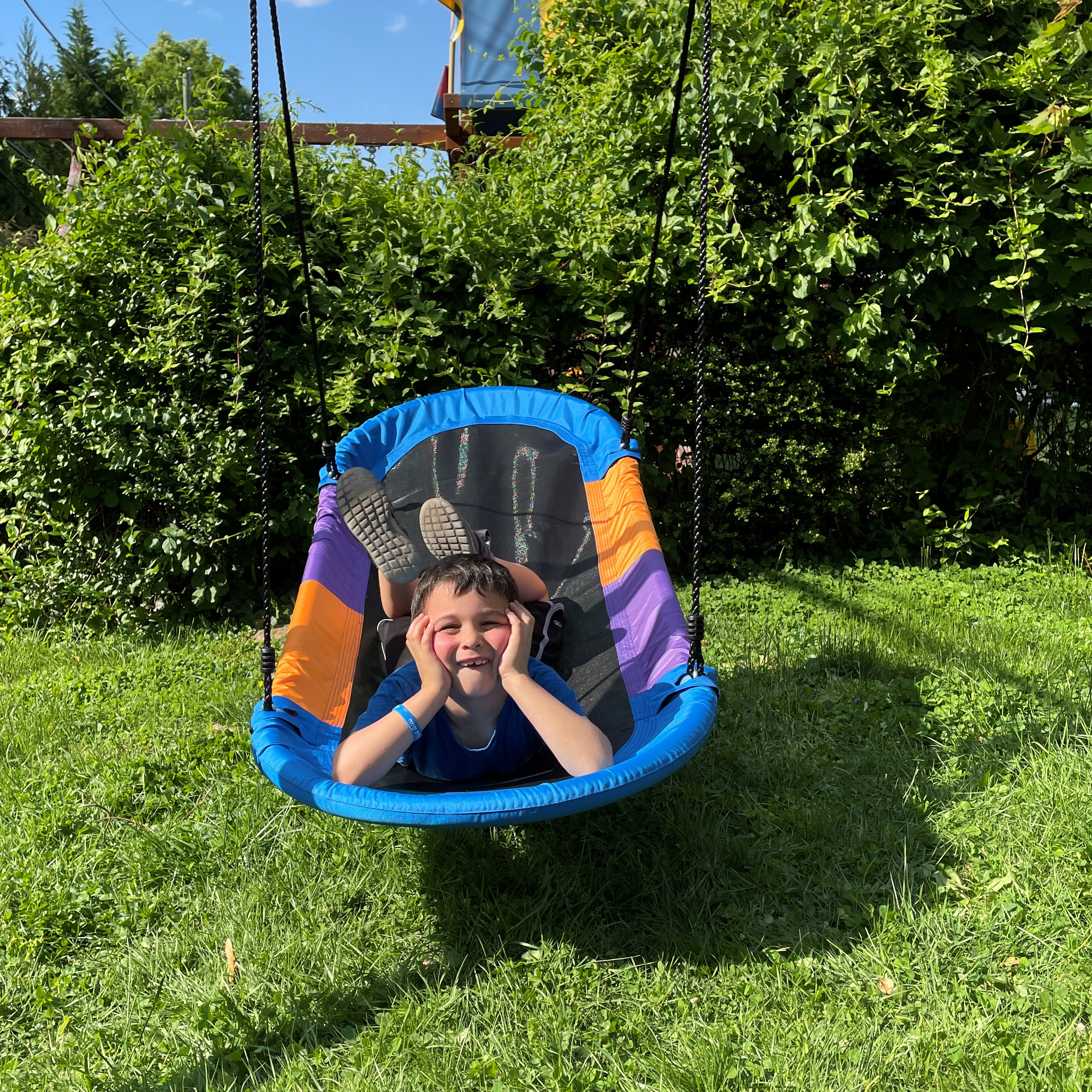

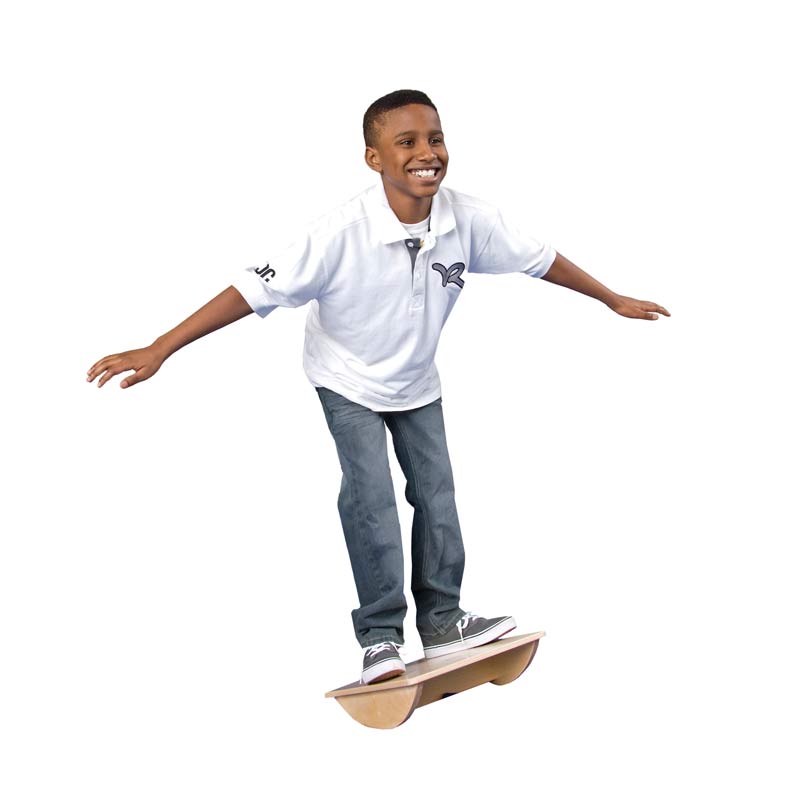

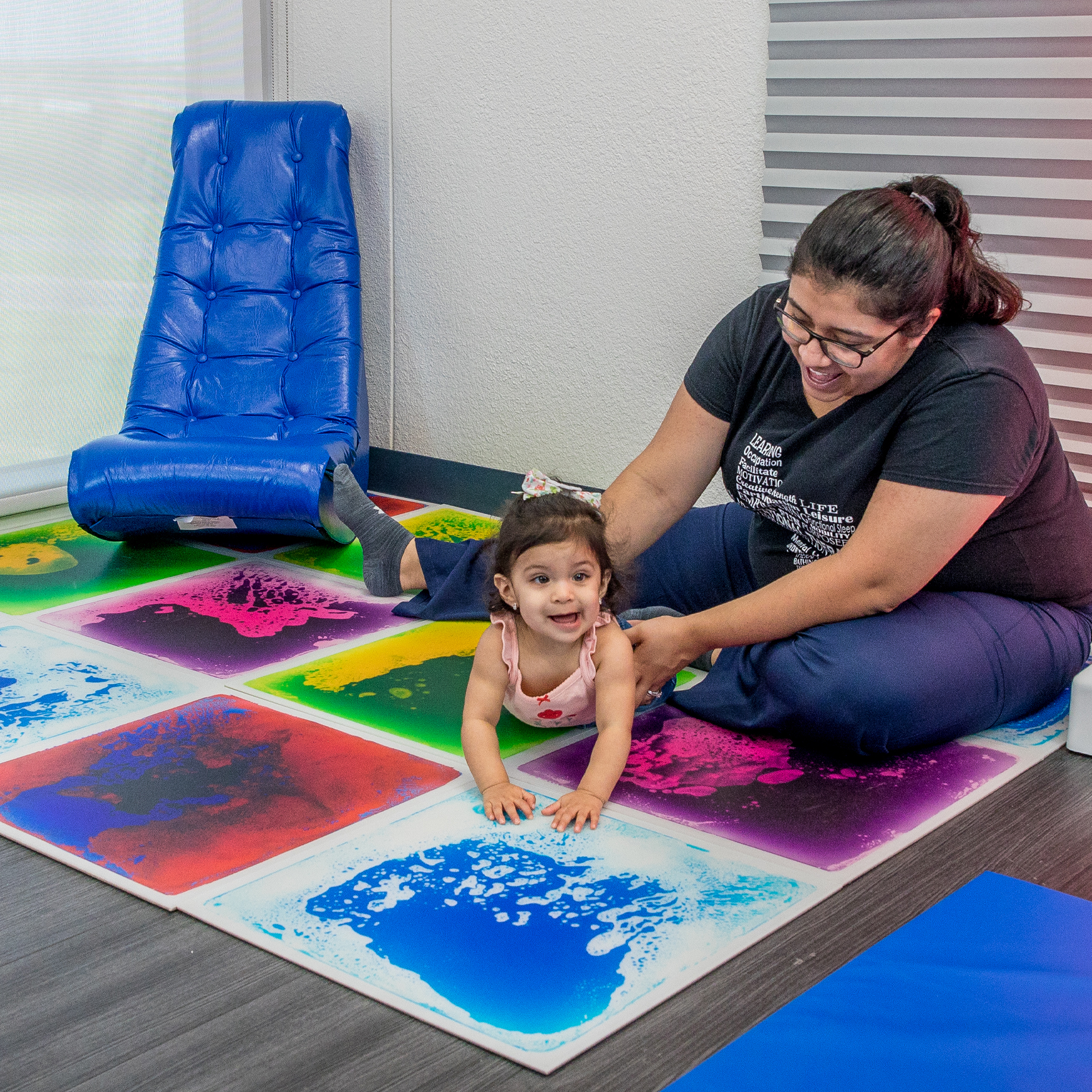
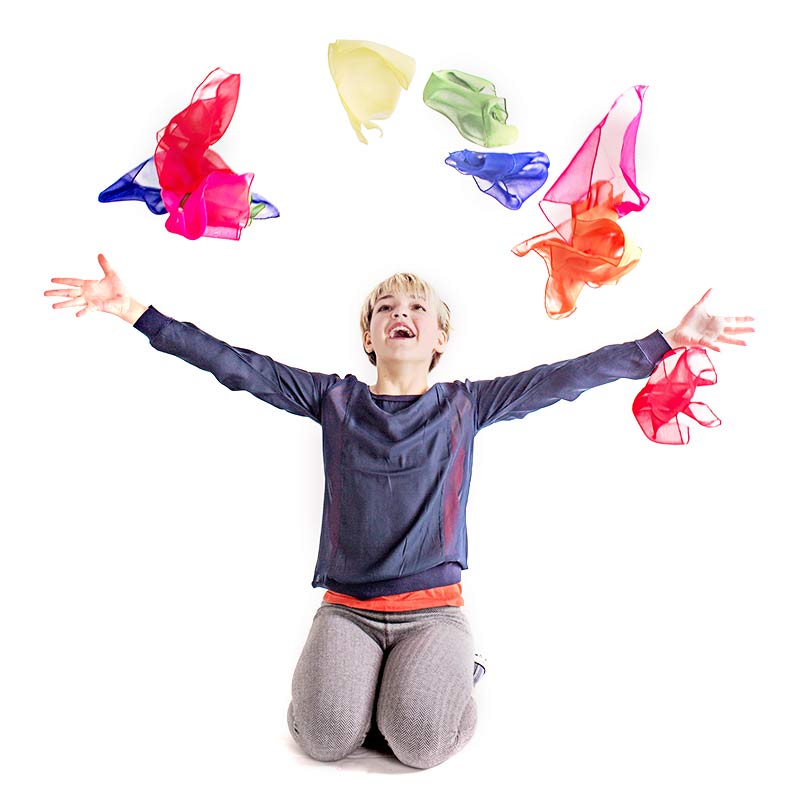
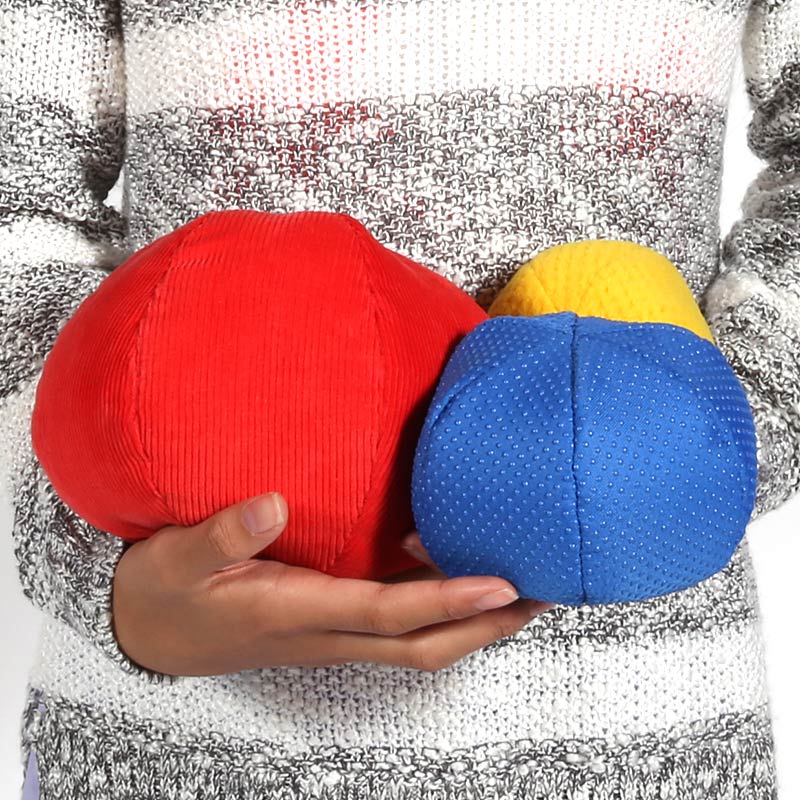
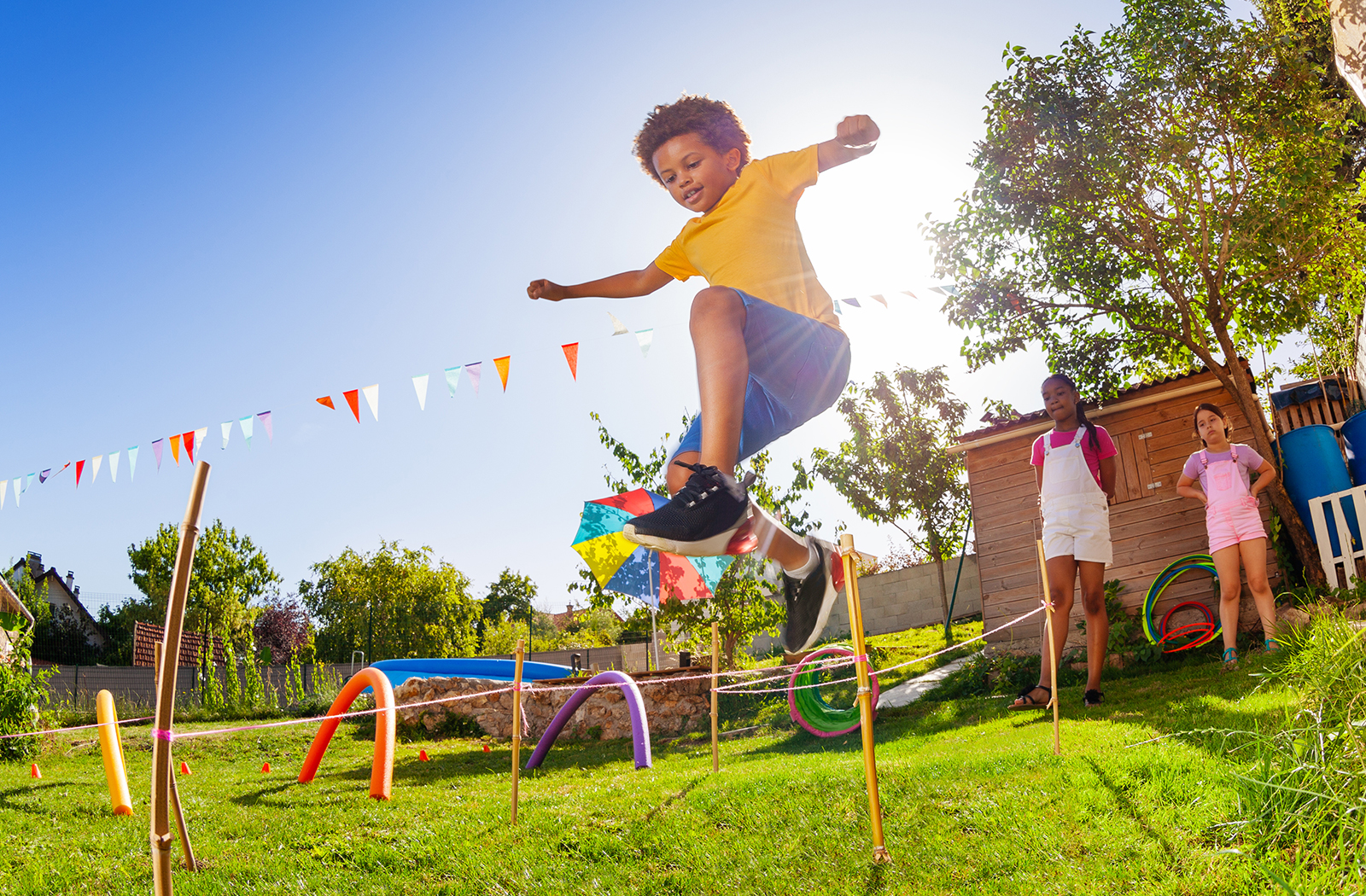





Comments